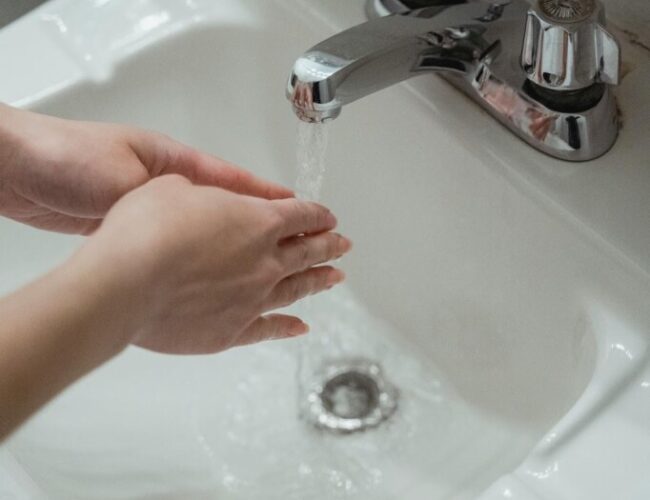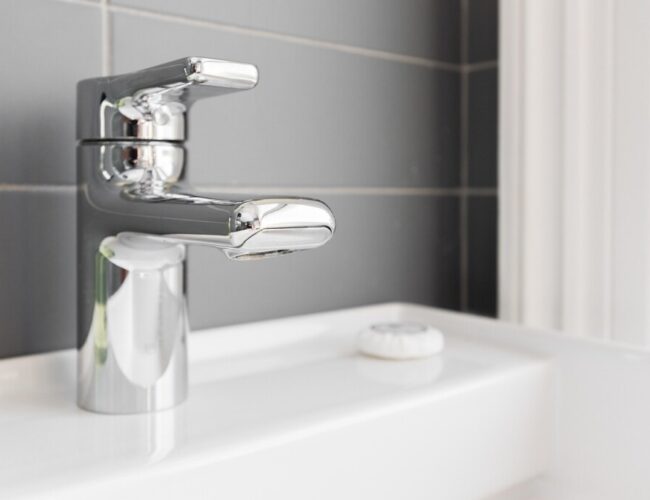Hard water affects many households, leaving behind stubborn mineral deposits that build up. Limescale doesn’t just create unsightly stains; it damages fixtures, shortens appliance lifespans, and reduces plumbing efficiency. Understanding how limescale forms and implementing strategies to control it helps maintain cleaner surfaces, improve water system performance, and protect long-term investments in your home.

Understanding the Role of Minerals in Hard Water
Hard water contains elevated levels of calcium and magnesium, which occur naturally as groundwater flows through mineral-rich soil and rock. These minerals dissolve into the water supply, and while not harmful to human health, they have significant effects on surfaces and equipment. When hard water is heated or evaporates, these minerals solidify into a chalky white residue known as limescale.
Limescale accumulates on faucets, showerheads, tiles, kettles, dishwashers, and water heaters. It can clog aerators, reduce water pressure, and leave dull streaks on shiny finishes. The buildup becomes more difficult to remove the longer it remains, making early intervention key to preventing extensive damage.
Recognizing Early Signs of Limescale Buildup
Early detection makes controlling limescale easier and less expensive. Small spots around faucets, dull glassware after washing, or a thin white film on shower doors often indicate the beginning stages of buildup. Homeowners may notice reduced water flow from fixtures as deposits restrict openings or a decrease in heating efficiency as scale coats heating elements. These warning signs often appear before more significant problems arise.
Addressing early buildup prevents long-term complications and makes cleaning easier. Homeowners looking for practical solutions to remove limescale often benefit from combining targeted cleaning techniques with preventative measures that address the root cause. Acting quickly when these signs appear protects surfaces and avoids the frustration of stubborn deposits becoming permanent.
How Limescale Damages Home Fixtures and Appliances
Limescale may seem like a cosmetic issue, but its effects go far deeper. When mineral deposits accumulate inside pipes and fixtures, they narrow the openings, reducing water pressure and causing irregular flow. This can lead to uneven spray patterns from showerheads, slower faucet performance, and increased strain on plumbing systems.
Appliances such as dishwashers, washing machines, and water heaters face particular risks. Limescale coats heating elements, reducing their efficiency and forcing them to work harder to achieve the same results. This accelerates wear and tear, increases energy consumption, and can lead to premature breakdowns. Regular cleaning and prevention extend the lifespan of expensive household equipment.
The Science Behind Why Limescale Sticks
Limescale adheres so firmly to surfaces because of its chemical composition. Calcium carbonate crystals form as water evaporates, creating hard layers that bond with surfaces at a microscopic level. Porous materials such as grout and older pipes provide more surface area for these crystals to cling to, allowing deposits to grow.
Hot water speeds up this process. Heating water causes minerals to precipitate more rapidly, which explains why kettles, water heaters, and showerheads often show the most buildup. Understanding this process helps explain why prevention methods focus on controlling temperature exposure, managing mineral content, and applying protective coatings.
Targeting High-Risk Areas Around the Home
Certain areas are more prone to limescale than others. Bathrooms often show the earliest signs due to frequent exposure to hot water. Shower doors, faucets, and tiles develop visible deposits, while hidden buildup inside pipes reduces water flow. Kitchens face similar issues in sinks, dishwashers, and kettles in homes where boiling water is used daily.
Water heaters are another critical point of concern. As minerals settle on heating elements and tank walls, they form thick layers that reduce capacity and increase energy usage. Regularly inspecting and addressing these high-risk zones prevents widespread damage throughout the home.
Cleaning Techniques That Remove Limescale Effectively
Several methods can remove limescale depending on the severity of buildup. Mild deposits often respond well to natural solutions such as white vinegar or lemon juice, which dissolve mineral layers through their acidity. Applying these liquids to affected surfaces and allowing them to sit before scrubbing helps lift deposits without harsh chemicals.
For heavier buildup, commercial descaling products formulated for specific appliances or fixtures may be necessary. These products target stubborn deposits quickly, though they must be used carefully to avoid damaging delicate finishes. Regular cleaning schedules prevent small buildups from hardening into thick layers that require more aggressive removal.
Protecting Fixtures With Preventive Coatings
Applying protective coatings to surfaces creates a barrier that makes it harder for limescale to adhere. Hydrophobic sprays or sealants repel water, reducing mineral residue after each use. Shower doors, tiles, and faucets benefit greatly from these treatments, which make routine cleaning faster and more effective.
Reapplying these coatings periodically ensures continued protection. Combined with consistent drying or wiping after use, these strategies minimize visible buildup and keep fixtures looking clean and polished for longer periods.
Using Water Softeners to Reduce Mineral Content
Water softeners remain one of the most effective long-term solutions for managing hard water. These systems replace calcium and magnesium ions with sodium or potassium, significantly reducing limescale formation. Installing a whole-home softening system protects pipes, appliances, and surfaces simultaneously.
For homeowners who prefer not to install full softeners, point-of-use filters or softening devices offer localized solutions for specific appliances or fixtures. Reducing mineral content at the source lessens the need for frequent cleaning and extends the life of plumbing systems.
Flushing Water Heaters to Prevent Efficiency Loss
Water heaters accumulate sediment and scale, reducing both efficiency and capacity. Flushing the tank annually removes mineral deposits before they solidify into thick layers. This maintenance task improves heating performance, lowers energy consumption, and prevents premature failure of the heating elements.
Adding a water softener upstream of the heater provides further protection, reducing the rate at which scale forms inside the tank. Maintaining a regular flushing schedule combined with softening methods delivers long-term savings and better system performance.
Monitoring Fixtures and Appliances Regularly
Routine monitoring allows homeowners to spot limescale problems before they escalate. Inspecting faucets, showerheads, and appliances monthly helps catch buildup early. Simple tests, such as checking water pressure or examining heating efficiency, reveal hidden issues caused by mineral deposits.
Addressing minor buildup promptly prevents time-consuming cleaning tasks later. This proactive approach maintains both the appearance and functionality of fixtures, saving money on repairs and replacements.

Limescale may be a common challenge, but it doesn’t have to take over your home. By recognizing early signs, understanding how buildup forms, using targeted cleaning methods, and implementing long-term prevention strategies, homeowners can protect fixtures and surfaces effectively. Addressing the root causes of hard water ensures that plumbing systems, appliances, and visible finishes remain in top condition for years to come.